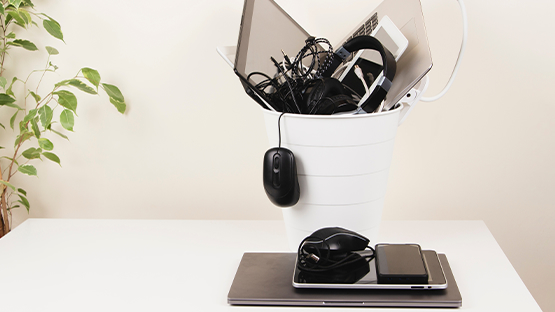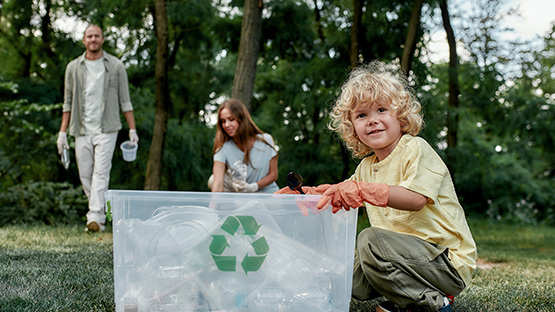Materials recycling - what is it?
Ekologia

15 January 2023
More and more people from all over the world care about reusing the items they purchase. It is a positive fashion that contributes to improving the environment and the living conditions of many species. It makes it increasingly difficult to find people who do not know the answer to the question: what is material recycling? It is worth finding out for yourself if you are able to answer it correctly!
Materials recycling - what does it involve?
Material recycling of plastics and other materials is a popular solution to significantly reduce the consumption of natural resources. However, some time still has to pass before society switches completely to the use of renewable energy sources. However, this does not absolve anyone of their responsibility. In the meantime, solutions must be used to reduce the damage caused to the environment.
What is material recycling? It is a method in which a secondary raw material with the same properties is obtained from plastic. Commonly referred to as the cascade process, it makes it possible, for example, to obtain granulate from plastic bottles (as a result of mechanical shredding), which, after cleaning, can be used for the production of further plastic bottles.
The step-by-step material recycling of plastics consists of:
- pre-cleaning and grinding of the selected waste mechanically;
- further grinding of the processed raw material to a granular form;
- cleaning the pellets, getting rid of microorganisms;
- the manufacture of a new product.
This is one of the simplest recycling methods and demonstrates the essence of correct waste separation. Putting glass in the wrong place in landfills makes it more difficult to process valuable granulate in the future, reducing its properties. This is why rubbish should only be disposed of in containers with the correct marking.
Material recycling - what products can be used?
This method allows the use of products such as:
- PET bottles;
- plastic bottles, e.g. from cleaning products and cosmetics;
- glass bottles;
- foil;
- aluminium cans;
- cardboard packaging;
- compost.
What about material recycling of composites? Is this possible? Not really. It is difficult to obtain a secondary raw material with the same properties as the primary raw material. However, recycling should not be abandoned - e.g. collected tyres can be turned into granulate, which can be used to produce tartan or poured (after mixing with a suitable solution) onto another flat surface, e.g. to increase grip on children's playgrounds.
Why is it important to recycle materials?
Recycling of materials and raw materials is the simplest way to slow down the greenhouse effect of a gradual increase in the Earth's average temperature. The extraction and processing of new materials results in increased production of CO2, and this gas in turn increases the amount of water vapour released into the atmosphere. This combination results in the formation of a gaseous envelope that traps the sun's harmful rays on the planet - preventing them from returning to space correctly.
Both individuals and large corporations are striving to reduce their carbon footprint. Together, using carefully crafted solutions such as the EkoBox offered by InPost, it is possible to change the course of coming history and save the Earth! When waste cannot be prevented or prepared for reuse - recycling is the most preferred way to manage it.
Czytaj również

Where to give away unwanted electronic equipment? Small items can still be useful
Electronic equipment is one of the most frequently replaced items in the home. New ones are not always bought when the old ones are no lon...

Where to donate toys you no longer need? We have a good way to do it!
Quite a few children have rooms full of toys. They receive more gadgets from grandparents, parents or aunts and uncles. Sometimes the obje...




